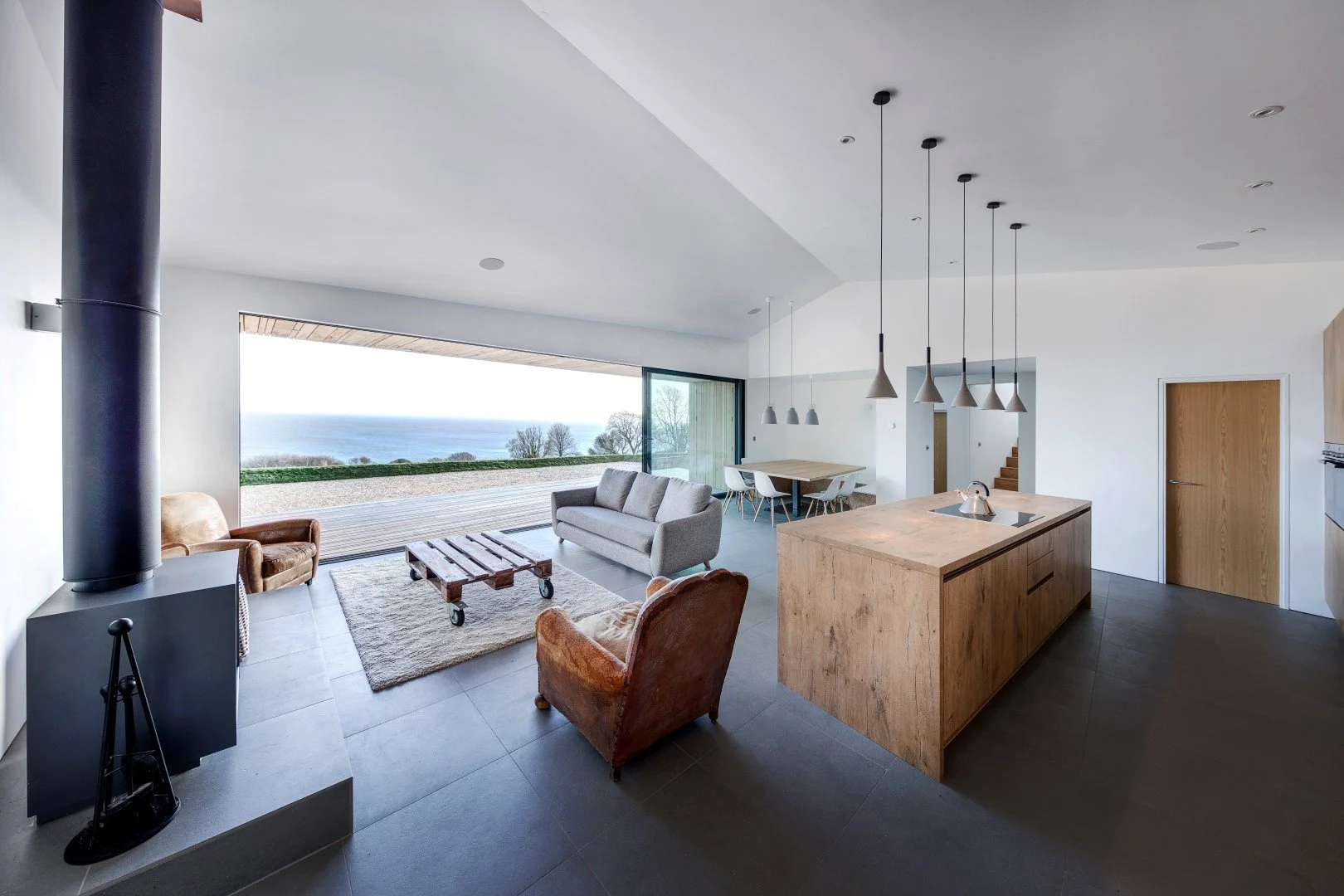Framing the Landscape: Architecture That Connects Indoors and Out
At our studio, we believe architecture should do more than provide shelter, it should connect. The most memorable spaces don’t end at the threshold; they draw the landscape inside, creating a living dialogue between nature and structure.
In recent years, we’ve seen a growing desire for homes and buildings that embrace this connection. It’s not about erasing boundaries completely, but rather about framing them, using architecture to celebrate the environment instead of competing with it.
Architecture as a Frame for Nature
When we design, every opening is intentional. Windows aren’t just for light, they’re for perspective. A carefully positioned aperture can turn a distant tree line, a courtyard, or even a patch of sky into a dynamic composition.
Like an artist framing a painting, we use proportion, placement, and transparency to bring the landscape into focus. The goal is for every view to feel deliberate, an extension of the architecture itself.
Blurring the Boundary
A true sense of flow comes from subtle continuity. Materials that extend from interior to exterior, timber decks meeting polished concrete floors, stone walls that carry outdoors help the eye and body move seamlessly between spaces.
Sliding or pivoting glass doors disappear into walls. Overhangs and courtyards mediate light and shadow. These gestures invite the outdoors in, while still maintaining comfort and control over temperature, privacy, and acoustics.
It’s less about “open” versus “closed,” and more about designing a relationship. One that shifts with light, weather, and mood.
Framing the Future
As we continue to explore ways architecture can engage with its environment, we return to a simple idea: buildings are not separate from their landscapes, they are part of them.
To frame the landscape is to honor it. It’s an approach that balances beauty, function, and sensitivity, shaping spaces that breathe, evolve, and connect us more deeply to where we live.




